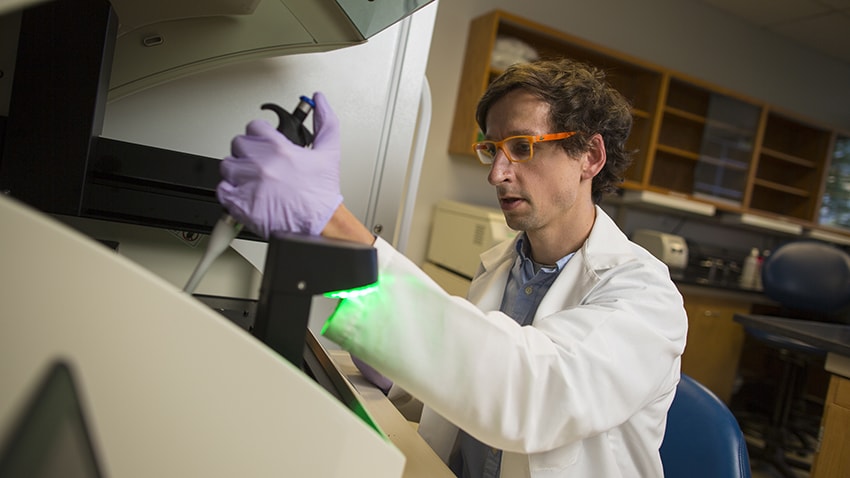The International DIPG Registry, created through funding by The Cure Starts Now, recently collaborated with Dr. Carl Koschmann on his study of “Secondary DIPGs” that result from the treatment therapies of medulloblastoma. We sat down with Dr. Koschmann to discuss what lead him to performing this study, and what role the Registry helped play in its completion.
What brought you to decide to do this study?
Dr. Koschmann: I have now been involved with the care of three children with DIPG at the University of Michigan with a more remote history of a different brain tumor, medulloblastoma. We looked and saw little written about this connection and wanted to find out more. More children are surviving medulloblastoma than ever before, and the field is continuing to learn about the complications of the therapy required, including radiation of the brainstem. There were no studies that reported on the biology of these so-called “secondary DIPGs,” which we were also interested in exploring.
What have you learned?
Through the International DIPG Registry and reports from previous medulloblastoma clinical trials, we found 12 cases of “radiation-associated DIPGs,” or tumors that formed after a history of medulloblastoma therapy involving radiation of the brainstem. We estimate the risk of this complication is around 1-2% of medulloblastoma survivors with similar radiation treatment. Children with these radiation-associated DIPGs have a prognosis that is even worse than those with newly diagnosed DIPG. We were able to do molecular testing of three of these tumors and found that they harbor molecular attributes closer to those of adult GBM and not the classically found mutations of DIPG (such as H3 K27M).
What is the next step in your research?
Our work continues to build treatments targeted to the unique genetic alterations of each tumor, and we are treating one of our current patients with a radiation-associated DIPG with a therapy targeted to his tumor’s sequencing results. Perhaps the most important result of this work will be to encourage those treating medulloblastoma to design treatments to reduce radiation exposure to the brainstem when possible. Prevention of DIPG is rarely discussed, but is very relevant in the case of this specific form of DIPG.
What role did the DIPG Registry play in your research?
We needed a large and well-organized clinical database of children with DIPG – which was only possible through the Registry. As well, Dr. Fouladi and the Registry were able to connect our team to the researchers and clinicians at other hospitals with similar cases, and facilitate collaboration, data-sharing, and communication that was necessary to carry out this project.


